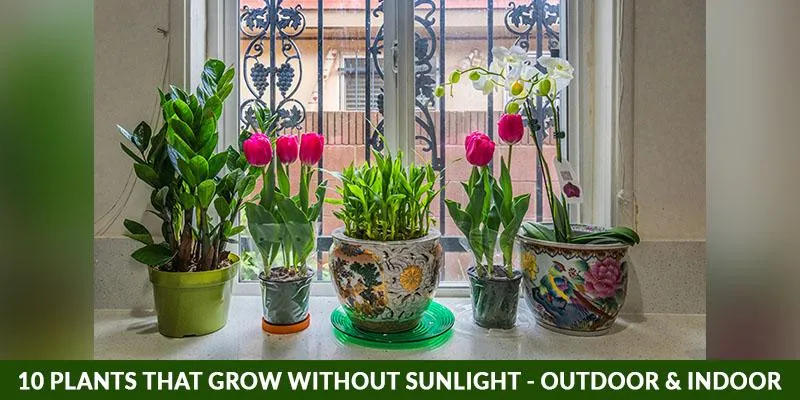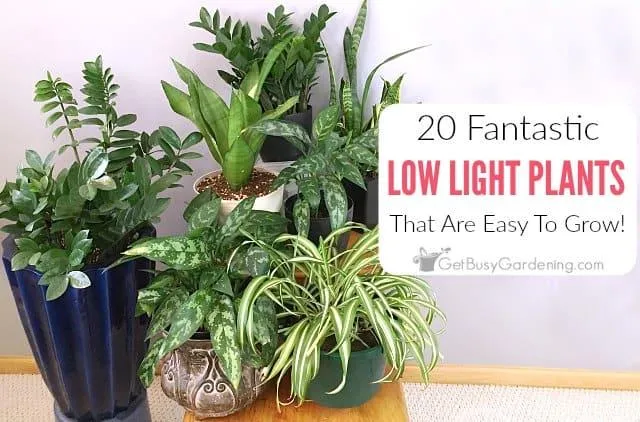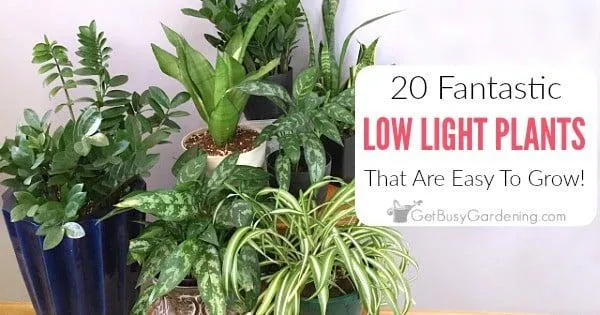The Best Indoor Trees for Low Light Conditions
If you’re looking for greenery to brighten up your home but don’t have ample sunlight, fear not! There are several indoor tree varieties that thrive in low light. As someone who has struggled with finding plants to decorate my dark apartment, I’ve tested many options to determine the easiest indoor trees for low light. In this article, I’ll share the top performing specimens from my experience along with care tips so you can choose the perfect tree to complement your low-light space.
Snake Plant (Sansevieria trifasciata)
- One of the toughest and most forgiving houseplants is the snake plant. From my experience, it can genuinely survive with almost no light!
- With stiff, vertical leaves in shades of green and yellow that resemble blades of grass, snake plants have an architectural quality that adds instant décor.
- They are virtually indestructible – once established, they only need water around once every 2-3 weeks. They can go months without water when neglected!
The snake plant is basically the perfect option if you routinely forget to water or tend to plants. Even in the lowest light bathrooms or bedrooms, it will hold its own. Its simple care requirements make it a great choice for novice plant parents too. A word of advice though – the variegated cultivars are slightly harder to keep happy in very dim conditions compared to the solid green varieties.
Chinese Evergreen (Aglaonema)
Chinese evergreen is kind of like the more colorful cousin of the snake plant. Its broad, patterned leaves come in a kaleidoscope of hues like pink, white, yellow and green. From my experience keeping these indoors, they prefer slightly more light than a snake plant but can still thrive in very low light with the following care:
- Water only when the top inch of soil is dry to minimize root rot in cloudy conditions.
- Fertilize monthly in the spring and summer with a dilution of water-soluble plant food to keep foliage vibrant.
- Rotate the pot periodically so all sides receive some indirect light and leaves don’t lean permanently in one direction.
Chinese evergreens sort of have a cascading habit as they mature, giving them a lush look. Their varied foliage makes them an interesting choice for gray, dim areas where bolder colors would subtly brighten things up.
Cast Iron Plant (Aspidistra elatior)
If you’re looking for a cool, retro-looking option, the cast iron plant deserves mention. True to its name, it can endure neglect and thrives in very low, ambient indoor light – I’ve seen these living for decades in old Victorian homes! Some key things to know about these unique, undemanding plants:

- They prefer moist but well-draining soil and should be watered when the top inch is dry.
- Occasional doses of balanced houseplant fertilizer will keep their leaves lush and dark green.
- Propagation is by division of the underground corms so they make great gifts that can be easily divided and shared with friends.
Cast iron plants have a classic, strappy leaf texture and upright habit contained in a low pot profile, making them an all-around attractive choice for low-light nooks. Amazingly, their indestructible reputation really holds true – even when neglected for ages, these durable plants can usually bounce back with some water.
Peace Lily (Spathiphyllum)
No list of low-light indoor trees would be complete without mentioning the peace lily. While technically a flowering perennial rather than a tree, its dramatic white blooms that emerge above broad, tropical foliage earn it an honorable mention. Here are a few things I’ve learned about keeping peace lilies happy:
- They need consistent moisture but should not sit in water – allow the soil to dry slightly between waterings.
- Flower production is triggered by higher humidity, so group with other plants or use a pebble tray to raise ambient moisture levels.
- Foliage may droop when thirsty but perks right back up within 30 minutes of a good soak, making them sort of like drama queens!
Peace lilies actually do fairly well in medium to low light and can add a nice pop of visual interest with their architectural flowers. Just be sure not to let them dry out too much in between watering. All in all, they’re a great option if you want a statement houseplant that thrives in shady spots.
Dwarf Umbrella Tree (Schefflera arboricola)
For a bit more light than the other trees mentioned, the umbrella tree can work well in a bright indirectly lit area. From my experience keeping them, these make a nice accent piece with their interesting compound leaves resembling miniature umbrellas:
- Water when the top inch is dry and keep soil consistently moist in winter when growth is dormant.
- They respond well to occasional liquid fertilizer feeding and pruning to maintain a bushy shape.
- Variegated cultivars like ‘Variegata’ may struggle more in low light, so the solid green forms are a safer bet.
Umbrella trees have a neat cascading habit when mature that adds visual interest without taking up too much space. Their whimsical foliage earned them the nickname “elvis plant” or “lipstick plant” which I always thought was pretty funny! All in all, they enhance a room nicely when situated in a south or west-facing window.

By now, you’ve got an awesome menu of foolproof low-light tree options to choose from based on the details from my care experiments! To sum up, here are the top performers from what I’ve noticed:
Easiest: Snake plant, Chinese evergreen, cast iron plant
Medium maintenance: Umbrella tree, peace lily
Need the most light: Variegated plants over solid colored varieties
So in conclusion, with diligent plant selection and care tailored to your indoor conditions, there’s no need to be afraid of adding greenery to darker spaces. I hope sharing my experiences has helped uncover solutions for finding the perfect low-light indoor tree! Feel free to reach out if you need any other growing tips. Happy decorating!
Indoor Low Light Tree Options
| Tree | Light Needs | Water Needs | Size | Care Level |
|---|---|---|---|---|
| Snake Plant | Low | Allow soil to dry between waterings | Up to 3 feet tall | Low |
| Pothos | Very low | Water when top soil is dry | Variegated varieties trail up to 8 feet | Low |
| Chinese Evergreen | Low to medium | Water when top inch of soil is dry | Up to 3 feet tall and wide | Low |
| ZZ Plant | Very low | Allow soil to dry between waterings | Up to 3 feet tall | Very low |
| Peace Lily | Low to medium | Water when soil is slightly dry | Up to 2 feet tall | Low |
FAQ
- What types of trees can grow in low light?
Numerous trees tolerate dull indoor lighting very well. Some popular choices that don’t require much sunshine include the peace lilly, snake plant, pothos, Chinese evergreen, and dwarf date palm. These plants use very little light energy and can survive for months using only whatever natural or artificial lighting comes in through windows.
- Do trees need any sunlight at all?
Most indoor trees will benefit from occasional exposure to sunlight. But if that’s not possible due to location limits, they can basically survive for extended periods using only room light. The key is choosing low-light kinds like bamboo, english ivy, and dwarf umbrella tree. While they may not grow quickly without some rays, these varieties won’t pretty much die off entirely in the dark either.

- Is it hard to care for low-light trees?
Caring for trees adapted to dull indoor conditions is rarely very difficult. As long as their soil stays moist, these plants generally need minimal maintenance. You basically just water them weekly and wipe down leaves periodically. Pothos and chinese evergreen are especially low maintenance – they’ll pretty much care for themselves as long as they get misting now and then. So don’t be put off by low light – these tolerant varieties are ideal even for forgetful plant parents!
- Do low-light trees ever need fertilizer?
Although slower-growing due to limited lighting, most tolerant indoor trees still benefit from occasional fertilizing. Kind of like how vitamins help us even if we’re resting at home, plant food gives dwarf indoor trees a boost whether sunbathed or sitting in shade. Look for a all-purpose fertilizer diluted to package directions for best effects. More vigorous varieties may appreciate feeding every few months, while low-energy peace lilies could get by with annual feedings.
- What is the easiest very low light tree to care for?
When it comes to low fuss indoor trees, snake plant and pothos may take the cake. These guys basically need just occasional water and pretty much nothing else. Place them where light is scant and all but forget about them – snake plant can endure months with no care at all! Their low hydration needs allow lots of forgiveness. Many experts say snake plant and pothos are the simplest indoor trees of all due to next to zero care required. They’re virtually impossible to kill.
- Do low-light trees get leggy without enough light?
Unfortunately, lack of sufficient sun will often cause bushy indoor trees to become tall and spindly over time. This leggy appearance occurs because the plant is basically trying to maximize its light surface area in dim conditions. However, trees adapted for low light are less likely to become overly lanky. For example, peace lily and chinese evergreen keep a full shape even in dull corners. You can also use pruning to maintain a compact form if bushes start stretching.
- What happens if a low-light tree gets too much sun?
While they may seem robust, some indoor trees accustomed to dullness could be stunned by too much abrupt sunshine. Their foliage may burn or drop leaves upon exposure. Bamboo palms in particular dislike harsh rays. So when acclimating low-light beauties to brighter areas, do so kind of gradually over days or weeks. Meanwhile, other tolerant varieties like pothos can endure location shifts to somewhat sunnier spots without a major shock.

- Is caring for a tree more difficult than other houseplants?
In comparison to fickle flowers and finicky ferns, most varieties of indoor trees are easier plants to tend. While they may grow more slowly without tons of sun, their low maintenance needs mean trees often survive longer than other houseguests. Pruning and repotting trees comes around less frequently too. Although trees require similar water and care as other houseplants, perhaps their woodier statures make them more resilient to lapses. So if you’re new to nurturing nature indoors, leafy trees make admirable first additions that are pretty much as simple as it gets.
